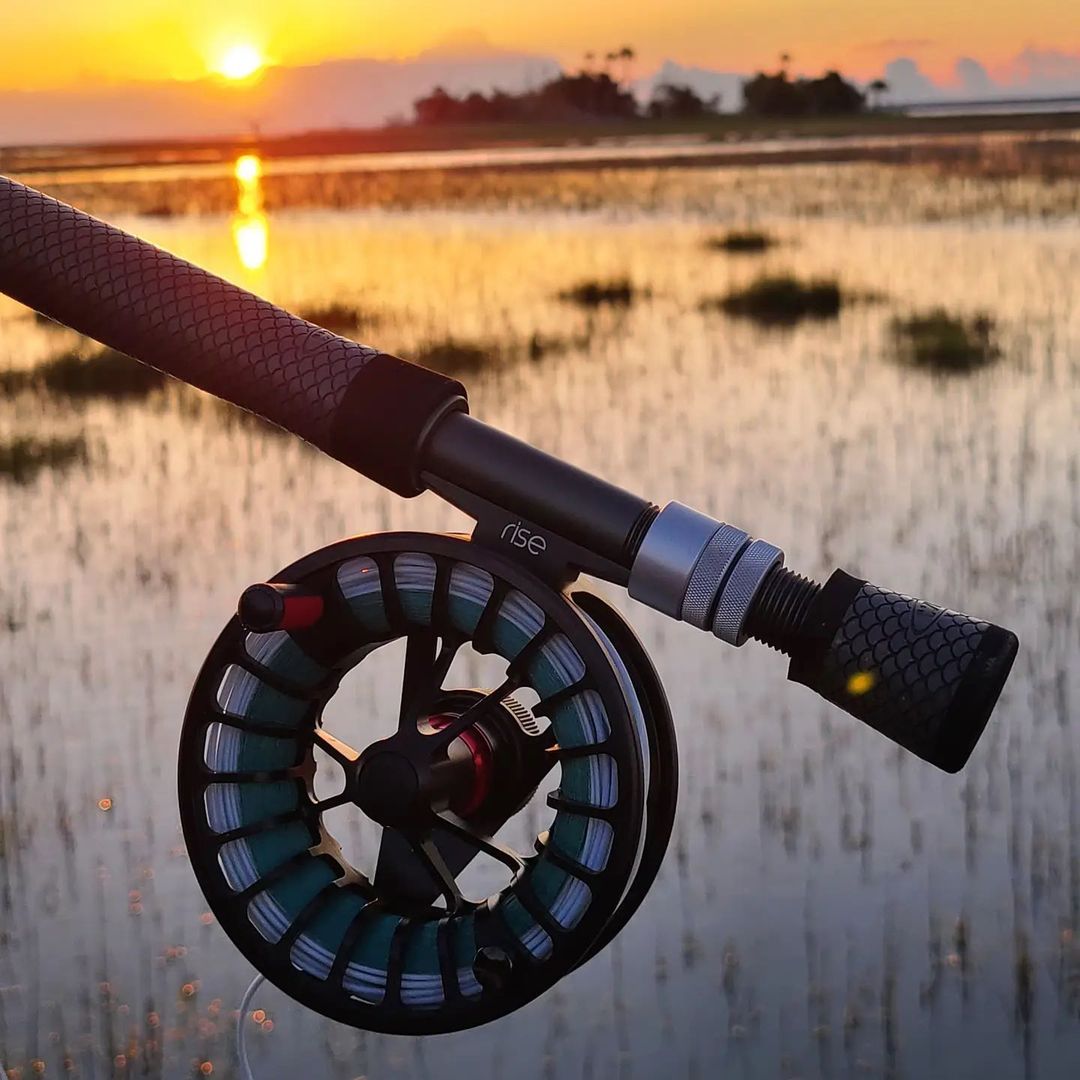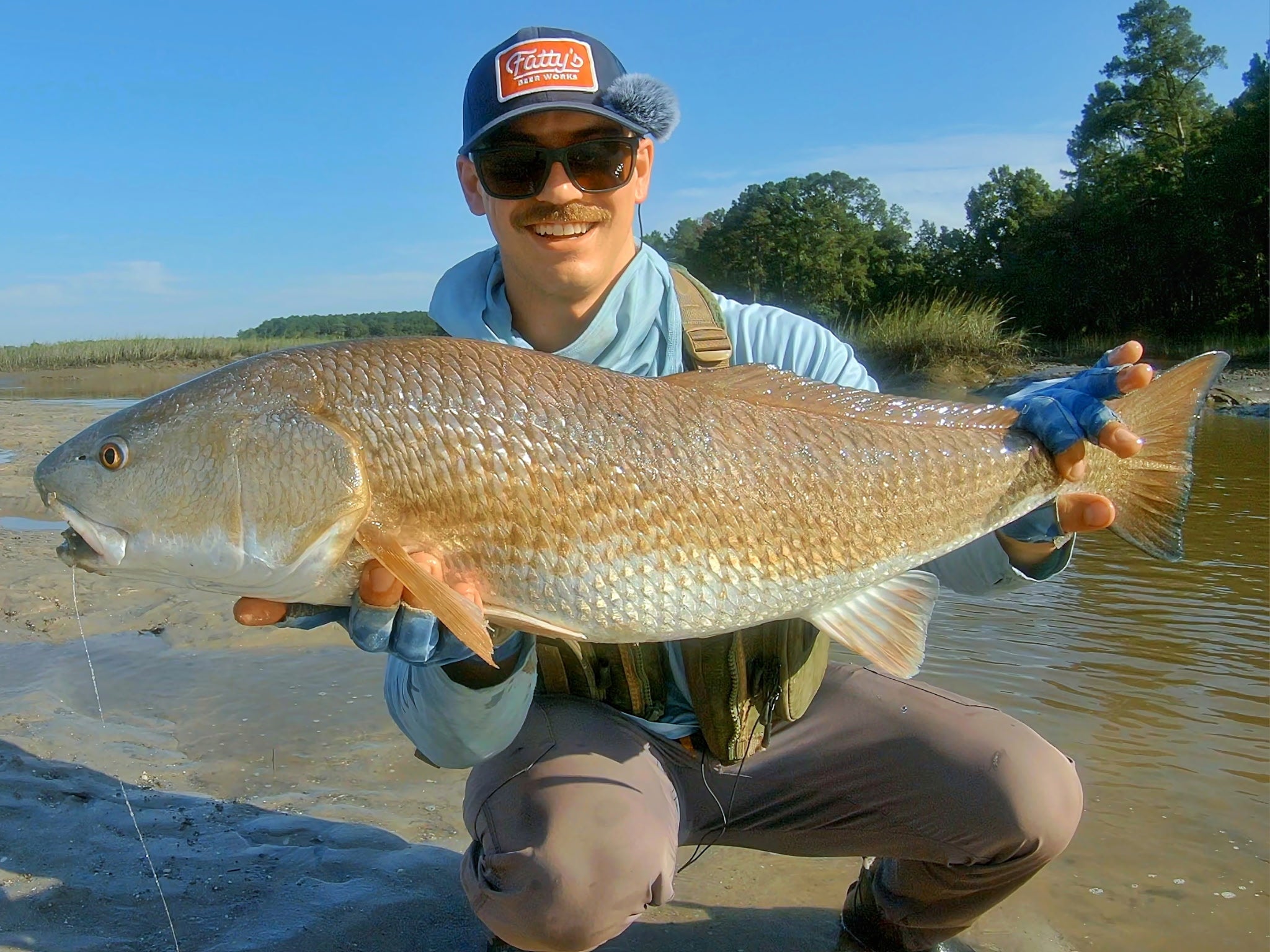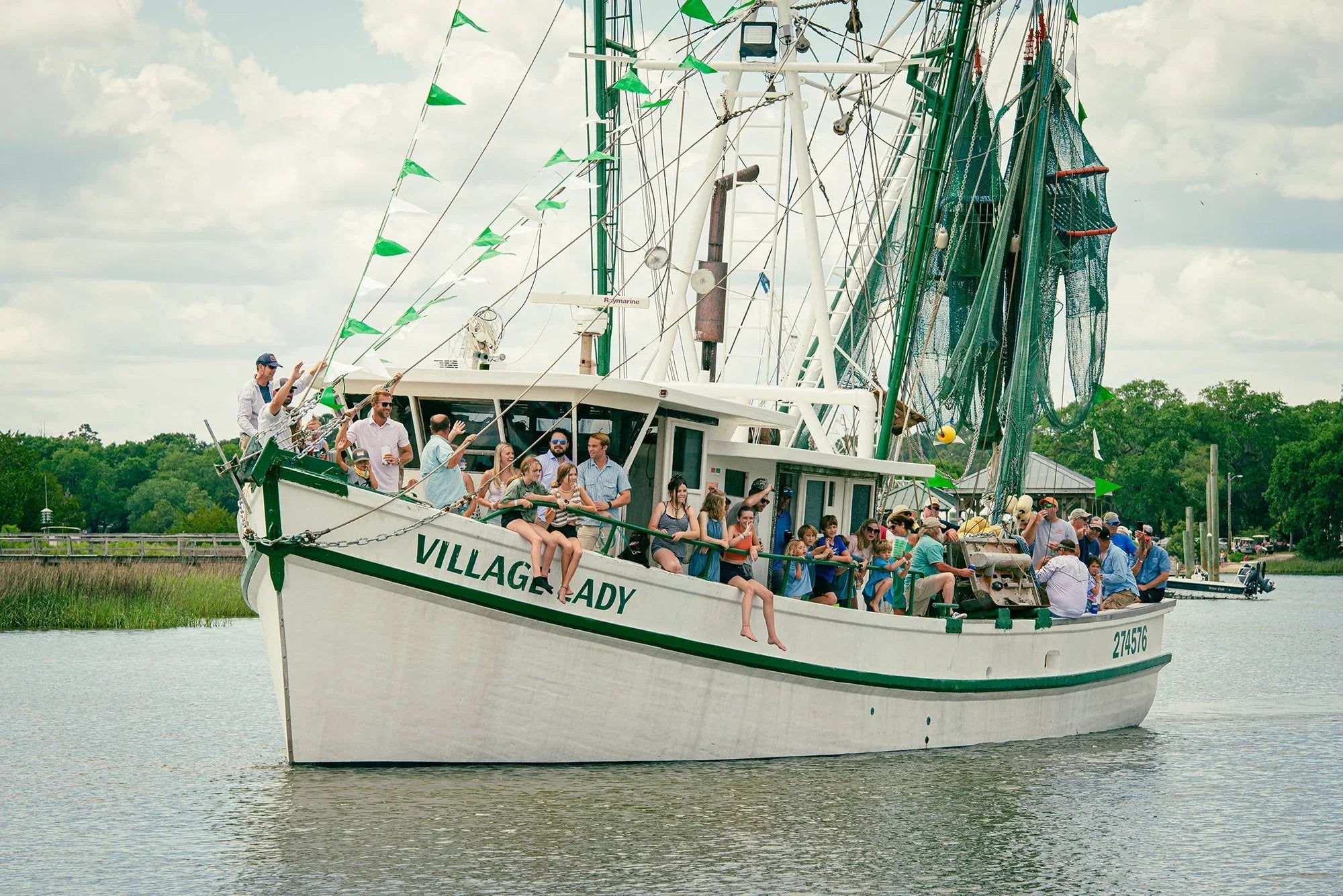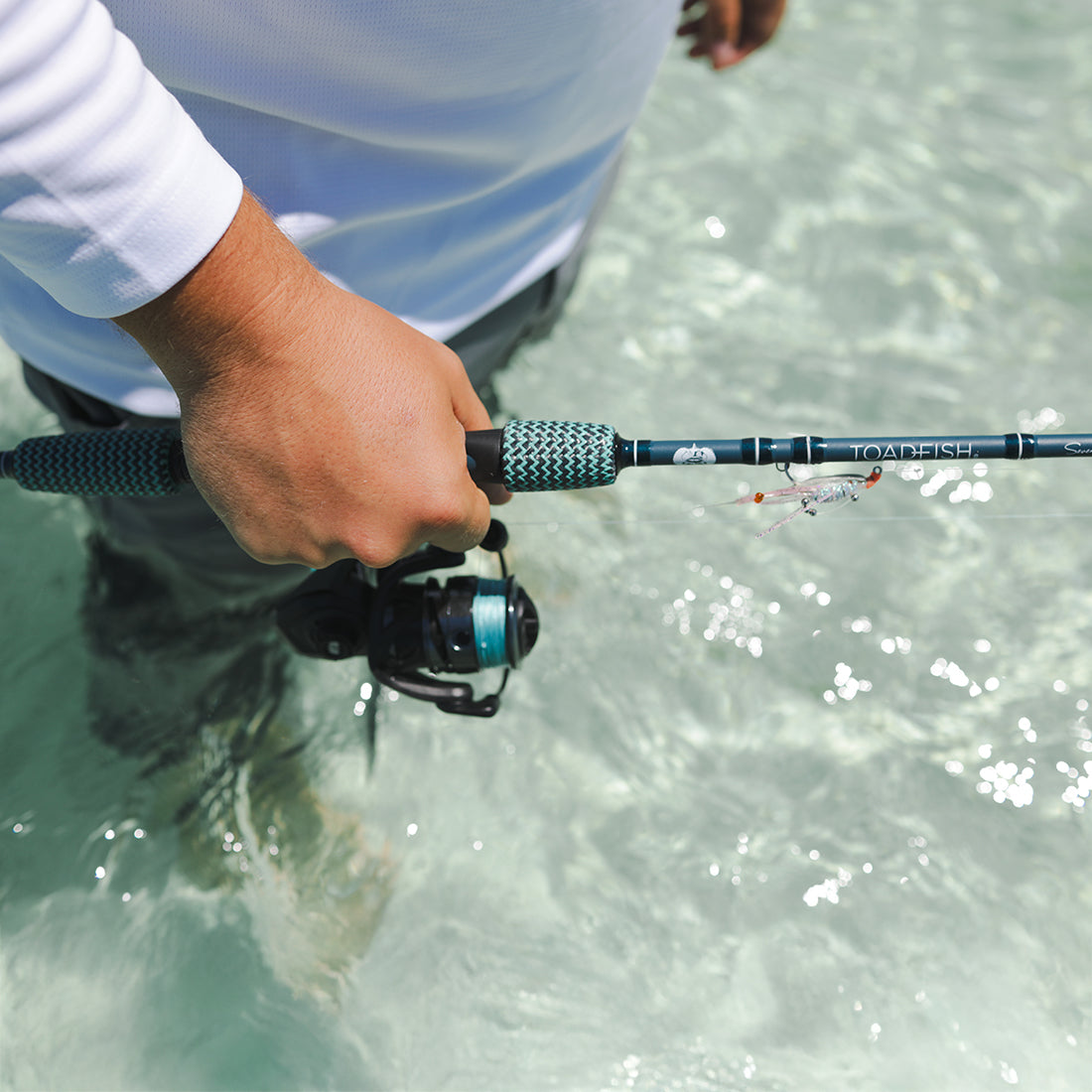How To Fly Fish For Redfish In Charleston: The Basics
One of the most distinctive saltwater fisheries in the area, especially for pursuing redfish, is the Lowcountry of South Carolina. The Lowcountry can be highly fruitful for fly anglers who are in the right areas at the right times. It is known for flood tides when ravenous fish pour into the sawgrass marshes to pursue previously unavailable crabs. In this blog post, we'll outline the basics of fly fishing for redfish in Charleston, SC, including how to find a flat, choose a set-up, and catch and release tips for fly fishing redfish. So whether you're a beginner or an experienced angler, read on to learn more about fly fishing for redfish.

1. Finding a Flat
Fly fishing for redfish can be a great way to spend a day out in the sun. If you're new to fly fishing, the first step is finding a flat. Fiddler crabs, the main meal for scavenging redfish, require a hard bottom in order to build their burrows. With that being said, it is easy to pick out hard bottom marsh areas where redfish will be feeding. Since it contains more sand than the surrounding muck, hard bottoms are usually easier to notice because they are lighter in color. The bottom should feel firm each time the push pole touches the water, as opposed to the mushy "pluff" mud that makes up most of the marsh, even if you can't see it. Additionally, you can pole your boat or wade much more easily on a hard bottom. Although mud cannot be avoided, it is too soft if your feet sink much deeper than ankle-deep.
How to Spot a Flat
If you're fishing for redfish, it's important to be on the lookout for flats. These shallow, low-lying areas are perfect spots to find tailing reds looking for a meal. Search for the lighter-colored regions on a satellite image as the initial step in finding firm bottoms. Areas close to islands or the shorelines of the mainland frequently have firm bottoms. While inspecting the marsh in person, you might also detect some noticeable variations in grass height. Generally speaking, shorter grass denotes a harder bottom.
Search for Feeder Creeks
The fish still need to find the flat, regardless of how attractive it appears. As the tide rises, feeder creeks act as "residential roads," bringing fish up onto the flat and creating choke places for them to pass through. These creeks are distinguished by the higher vegetation that frequently lines them. You can bring your boat up onto the flat and return thanks to the slightly deeper water in their channels. Nevertheless, keep in mind that if there are only one or two feeder streams onto the flat, you might want to wait until the tide is a little higher to prevent scaring the fish as they enter.

2. Choosing a Set-Up
Fly fishing for redfish in Charleston can be a fun and rewarding experience, but it's important to choose the right rod and reel set-up. Redfish are exciting to catch on a fly and frequently tail their way into shallow water where patient anglers can sight fish for them. Since these fish follow the tides, it is important to pay close attention to tidal patterns and fish activity throughout the range of tidal oscillation. A fly rod should be chosen with care for these salt marsh predators. The majority of Redfish enthusiasts will give you an 8wt and tell you to go. The right tool for the job may occasionally be a 9wt, 10wt, or even an 11wt. How do you decide?
Tips for Choosing the Right Fly Rod and Reel
To help you out, we've put together some tips on how to choose the perfect fly rod and reel combo for your needs.
Almost any fly rod can be used to land redfish under 15 pounds. These fish put up a fierce and obstinate battle, but they rarely make long runs and are often taken in shallow water. As a result, choosing the right tackle is more about casting and presentation than about fighting the fish. The type of rod that is used is also influenced by casting-related factors like wind and bushy flies. The majority of guides agree that a 9-foot, 8- or 9-weight rod paired with virtually any brand of saltwater fly reels and spooled with a warm-water, weight forward floating line makes the greatest fly rod for redfish.

Our Toadfish 9FT 8WT Fly Rod makes for the perfect flood tide tool. Built with a highly responsive blank for quick casting and a powerful fighting butt, this rod easily throws a wide range of streamers and accommodates floating and effective sinking tip lines. In addition, it provides the ability to quickly pull aggressive fish out of the structure for increased landing success.
We recommend a 40-pound butt section tapers to a 15- or 20-pound tippet on leaders that can range in length from 9 to 12 feet.
Choosing Redfish Fly Patterns
When it comes to choosing the correct redfish fly pattern - don't stress. There are a lot of different patterns that work very well for feeding redfish. During flood tides, redfish are actively seeking a meal, so they'll virtually eat anything that fits in their mouths. With that being said, however, you want to imitate what they'll be searching for. Fiddler crabs, shrimp, and small baitfish patterns are what you'll need. Depending on whether it's sunny or overcast, we suggest you play around with the different colors: black, purple, white, etc.
3. Catch and Release Tips for Redfish Fly Fishing
Fly fishing for redfish is a popular pursuit in Charleston, and for good reason. Before you get started, make sure you know the basics - like how to catch and release redfish. Remember to release all redfish caught on a flat after taking them in, as this will help them replenish their numbers and ensure future catches. When handling a redfish, be sure to only keep them out of the water for a little amount of time. Releasing the fish should be done by moving them back and forth in order to get water into their gills. If you're up for the challenge, fly fishing for redfish in Charleston is a great way to spend some time outdoors and get in some fishing action!
Conclusion
Fly fishing for redfish can be a great way to spend a lazy day in the sun, and with a bit of preparation and some helpful tips, fly fishing for redfish can be a lot of fun! Thanks for reading, and we hope you have a great time fly fishing for redfish in Charleston.








Share:
National Oyster Day 2022
5 Boat-Friendly Essentials for the Perfect Day on the Water